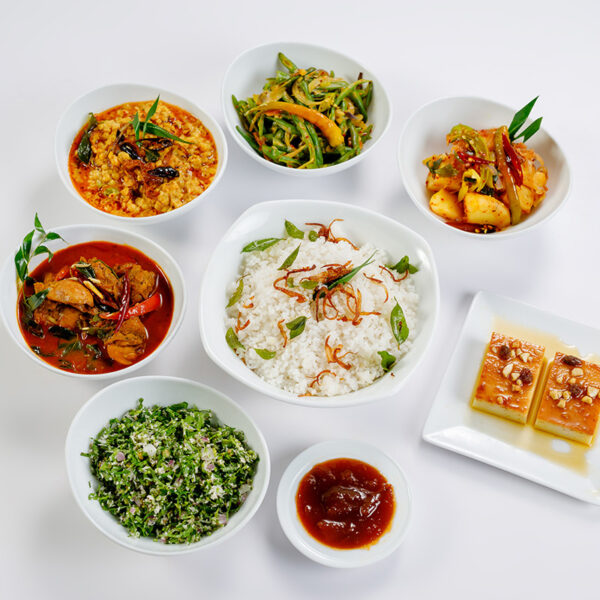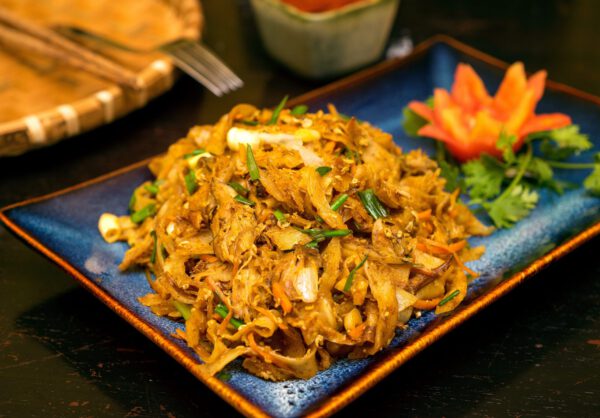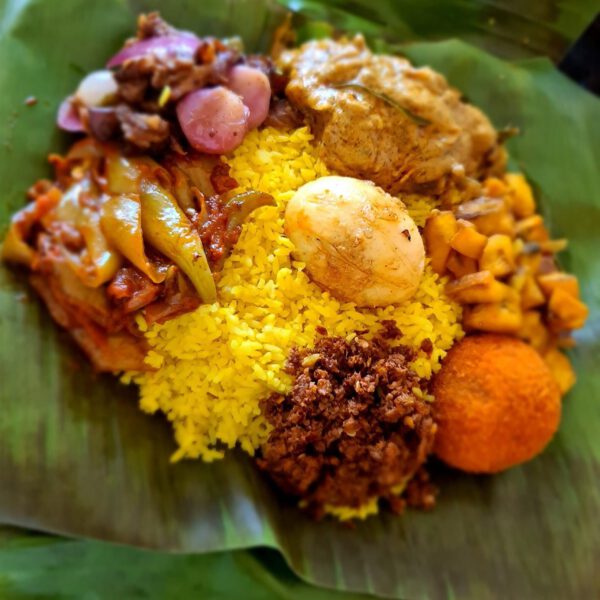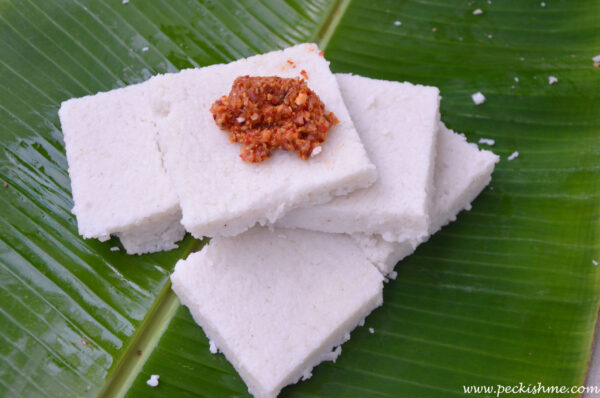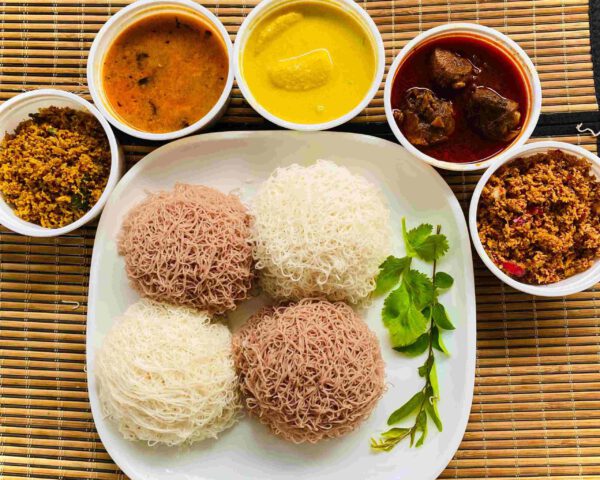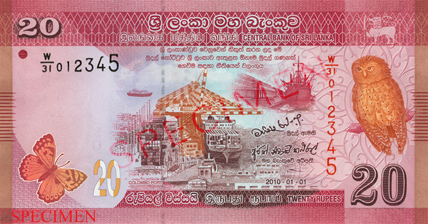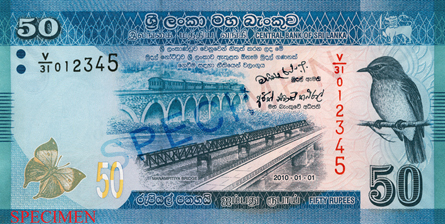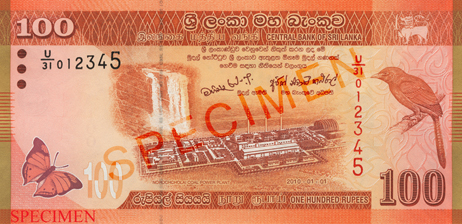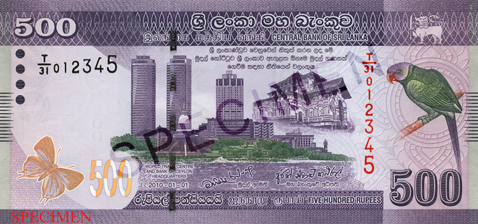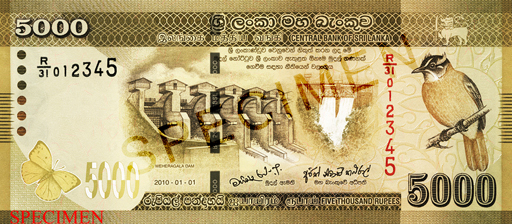Travel Guide
SRI LANKA ‘The pearl of the Indian Ocean’
Sri Lanka, ‘The Pearl of the Indian Ocean’ is one of the best places you could imagine, and an even better place to spend your vacation. From its illustrious culture, to the bronze-sanded beaches Sri Lanka has everything you could be looking for. Looking for an Adventure? Go on a Hike, scale some of the tallest mountains on the island, to get to one of the Best Views imaginable, an example being Ella Rock. Looking for a Beach Vacation? Take your pick between some of the most eye-catching and soul filling beaches in Asia, some being, Unawatuna Beach and Galle Face Green. Looking for a Rich Cultural Filling? Look no further than The Cultural Triangle, of Sri Lanka. This area is filled with a multifold of various temples and other religious institutions, built by some of the greatest architects’ history will never know. The multiple choices that you are given makes, Sri Lanka the perfect holiday destination. Sri Lanka is a well-rounded destination perfect for travelers who seek beach, culture, and wildlife or adventure holidays.
Reasons to Visit Sri Lanka,
Sri Lanka is a beautiful island in the Indian Ocean, perfect for a tropical get away, any day of the year.
The Island has a vibrant tourism industry so you can find plenty of accommodation options for your budget.
The locals are extremely friendly towards foreigners in the “Pearl of the Indian Ocean.”
Due to the compact size of the island, you can reach just about anywhere in the country in a matter of hours. All regions are accessible by public transport, but this should not be a concern as you would be provided a driver and a suitable vehicle.
Sri Lanka may be tiny, but the island has a number of diverse landscapes to enjoy. The coastal regions of Sri Lanka are famous for palm-fringed golden beaches. The most famous beaches, like Bentota, Unawatuna and Tangalle are in the southwestern coastal belt. Southwestern beaches are developed well enough with many hotels, restaurants and other facilities. If you prefer a more low-key vibe, you can visit the northeastern beaches of Sri Lanka. Due to a protracted Civil War that ended in 2009, this part of the island was closed off for decades. Therefore, most beaches you find in the north and the east are refreshingly underdeveloped and less crowded.
There’s a mountainous region in the middle of Sri Lanka generally referred to as the Hill Country. This area is cooler than other parts of the country, and is very popular thanks to beautiful views of panoramic mountain ranges and tea plantations. The Hill Country of Sri Lanka is the best for adventure activities like trekking. Also, some of the most lauded cultural attractions of Sri Lanka, like the Temple of the Tooth Relic, are located in this region.
The main cultural attractions of Sri Lanka are located in the north-central region, a dry area that was once the cradle of the island’s ancient hydraulic civilization. Here you will find the Cultural Triangle that connects the ancient kingdoms of Dambulla, Polonnaruwa and Anuradhapura. You can tour UNESCO heritage sites like Sigiriya, explore ancient ruins and visit temples in the Cultural Triangle.
Sri Lanka also has a number of national parks that are particularly famous for wild elephant watching. You can also go whale or dolphin watching in Sri Lanka.
You can enjoy observing the vibrant local life and sample delicious local cuisine that is famous for their spices.
Sri Lanka is a well-rounded destination perfect for travelers who seek beach, culture, wildlife or adventure holidays.
Best Time to visit Sri Lanka
The southwest monsoon, which descends from May to September, mainly affects the southern and western coastal belts. This is the best time to visit the northeastern parts of the country. From December to March, the monsoon rain affects the northeastern parts of the country, so it’s the best time to visit the southwestern areas, and go on whale and dolphin watching tours or visit national parks filled with elephants. April and September are good months to find a compromise between the different monsoons.
WHAT TO DO IN SRI LANKA
The Hill Country is ideal for trekking, with Adam’s Peak, the Knuckles Mountain Range and the tea plantations providing ample trails. Besides stunning landscapes, you will also enjoy the amazing fauna of the island. You also have the option to go camping in special eco resorts or in more primitive campsites. You will find enthralling areas next to Belihul Oya, Kithulgala and in the Knuckles Range, to name a few.You will be able experience kayaking and rafting mostly in western Sri Lanka. Kayaking will take you from Ratnapura to Kalutara, or the “Samanalawewa” Reservoir in the Hill Country. For a rafting ride on the Kelani River, go to Kithulgala. Another unique experience you will be able to get is an Ayurvedic treatment. Ayurveda is a traditional medical strongly followed in Sri Lanka Many hotels provide ayurvedic treatments.
Another option you have, is to visit some of the most majestic parks in Asia. The most famous gardens are the Peradeniya Botanical Gardens in Kandy, which is the largest in Sri Lanka. Victoria Park, in Nuwara Eliya, is the second most impressive garden on the island.
You can also, learn how to prepare mouth-watering and tasty Sri Lankan food from a local expert and take the recipes home! Most of the cooking lessons take place in the Hill Country, where the ingredients are often found. We can also organize special city walks in Colombo, Kandy and Galle; you will be able to witness the glory of these wonderful and historic cities.
A list of Sri Lankan natural parks, and what they are most known for,
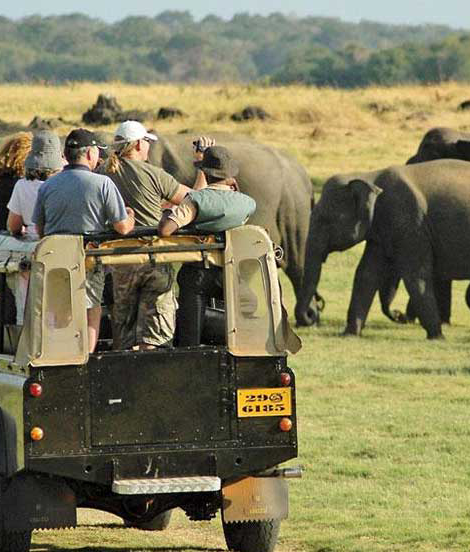
Yala National Park
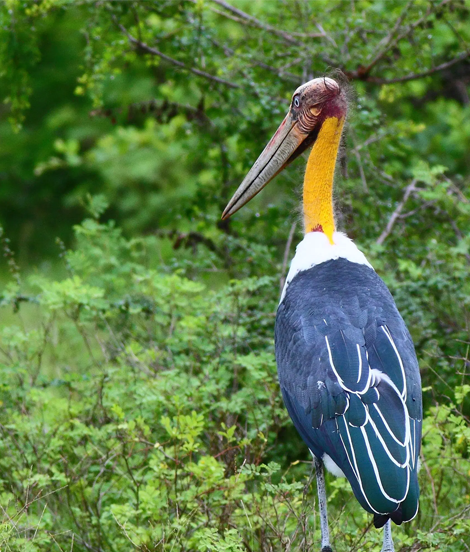
Udawalawe National park
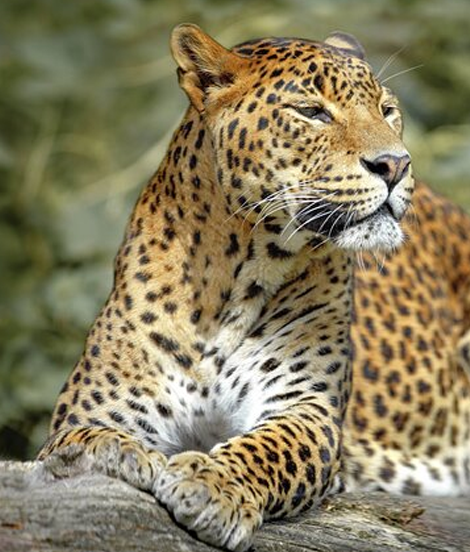
Wilpattu

Bundala & Kumana
Close to the Elephants
The southwest monsoon, which descends from May to September, mainly affects the southern and western coastal belts. This is the best time to visit the northeastern parts of the country. From December to March, the monsoon rain affects the northeastern parts of the country, so it’s the best time to visit the southwestern areas, and go on whale and dolphin watching tours or visit national parks filled with elephants. April and September are good months to find a compromise between the different monsoons.
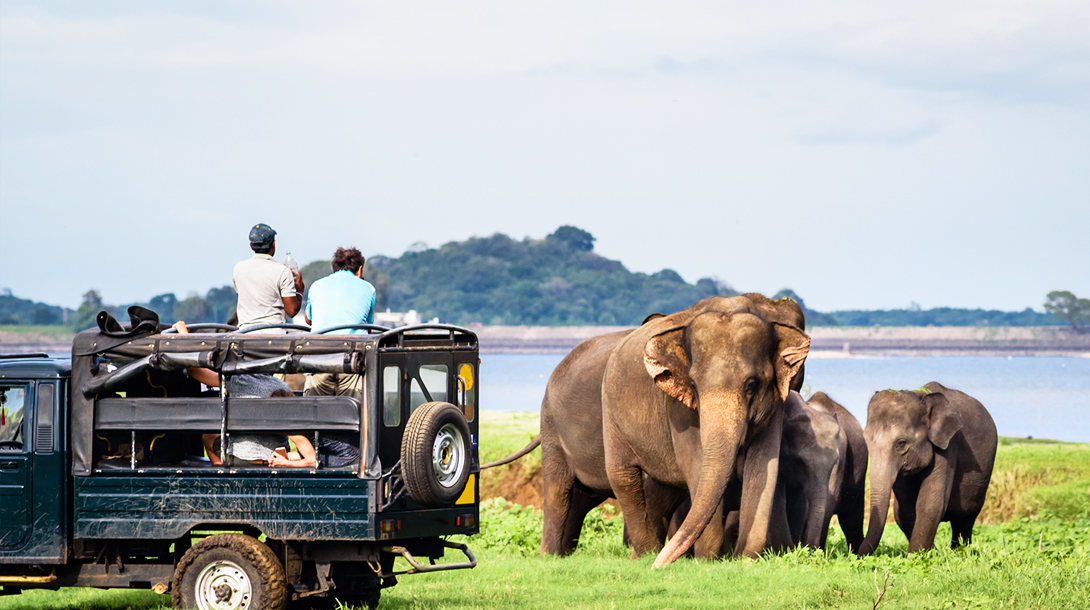
Health & Safety
Remember that Sri Lanka is a hot tropical country. Drink plenty of water and stay hydrated when touring. Tap water in Sri Lanka is chlorinated and is generally safe to drink, but don’t do so unless it’s boiled and filtered. You should carry bottled water when touring sites. Wear sunscreen at beaches and don’t spend too much time out in the sun as you could get a heatstroke. Food hygiene at restaurants is reasonable but varies depending on where you eat. It’s generally safe to try street food as long as it’s served hot.
Dengue & Malaria
Seeing as Sri Lanka is a tropical country, Dengue and Malaria are issues. Sri Lanka is at risk for these diseases and travelers are advised to take precautions to avoid contracting these diseases, which are mosquito borne diseases. Therefore, pack plenty of mosquito repellant, especially if you plan on doing outdoor activities.
Sri Lanka is a relatively safe country to travel. However, as with any other destination, certain precautions should be taken before travelling to best ensure your personal safety. Petty thefts and scams are not uncommon in touristy areas. So keep your valuables safe when travelling in crowded areas and public transportation. Don’t fall for common scams like “precious stones deals” at popular tourist sites like Sigiriya.
Food
- The most famous dish in Sri Lanka is the Sri Lankan rice and curry, made with rice, meat and various vegetables cooked with spices found commonly in Sri Lanka.
- Kottu is also very famous (served only for dinner) and consist of chopped roti cooked on a hot plate with spices, vegetables and meat (or eggs).
- You can also try Lamprais: a delicious (mildly spicy) Dutch influenced mixed meat curry, with meatballs and caramelized onions, wrapped in a banana leaf.
- There is also a tradition of eating short-eats, which are delicious snacks like stuffed rolls or little chicken pies.
- The food in Sri Lanka is spicy and even the locals are known to find it so. If you don’t want spicy food, just ask for “non-spicy” when you order.
- It is hard to find either pork or beef in traditional restaurants due to the religious reasons. However, you can find a lot of vegetarian restaurants. Chicken and seafood are also freely available.
- A traditional Sri Lankan meal in a small local restaurant will cost between 200 and 300 Rupees per plate.
Languages in Sri Lanka
Sinhala and Tamil are the official languages of Sri Lanka. Sinhala is the native language of the Sinhalese people, who constitute approximately 70 percent of Sri Lanka’s population, which equals approximately 13 million people. Sinhala is also spoken among other ethnic groups on the island as a second language, making it the most widely spoken language in Sri Lanka. Tamil is Sri Lanka’s second official language, spoken by about five million people on the island, which is about 15 percent of the population. Majority of Sri Lankans are conversational in English, so you are unlikely to face communication issues. Sri Lankans learn English as a second language at school starting from primary grades. Sri Lankan English is essentially British English infused with quirky local phrases and words. Sri Lankan English might not be entirely comprehensible to native English speakers due to the accent and words borrowed from local languages.
Other than Sinhala, Tamil and English, many minority languages exist spoken by small communities of people. The best known of these minority languages is Veddah, spoken by the Veddah people, who are a group of tribal hunter gatherers that live in the forests of central Sri Lanka. Veddah is closely related to Sinhala and both languages have a number of words borrowed from each other. Also, the Rodiya community that lives in the Hill Country speaks a language of their own, sometimes considered a dialect of Sinhala. The Sri Lankan Moors speak a form of Tamil heavily influenced by Arabic. The Malay Muslims in Sri Lanka speak Creole Malay, a mix of Bahasa Malaysia, Tamil, Sinhala and Arabic.
Weather in Sri Lanka
Welcome to Sri Lanka, where the weather paints a mesmerizing canvas of experiences for the intrepid traveler. Nestled in the Indian Ocean, this tropical paradise boasts a diverse climate that beckons exploration all year round.
Money in Sri Lanka
The currency in Sri Lanka is the Sri Lankan Rupee (LKR). One rupee is divided into 100 cents. The rupee is available in coins (1, 2, 5 and 10) as well as in bank notes (10, 20, 50, 100, 200, 1000, 2000 and 5000). Cent coins are available but are rarely used due to their negligible value. When you are in Sri Lanka, you will have to make all transactions within the country in the Sri Lankan Rupee. Local shops and eateries outside of the international airport do usually not accept foreign currencies.
Cash is still the mainly used form of currency in the country. You will need cash in bills 1,000 rupees or less to pay tuk tuk drivers, shop keepers and roadside vendors. Many vendors usually do not give out change for large 2,000 rupee or 5,000 rupee bills. Keep smaller rupee bills in hand to pay for train rides, entrance fees and king coconut drinks on the way.
Credit and debit cards are widely used in Sri Lanka. Many larger shops and supermarkets accept credit or debit cards. However, many small businesses and retailers only accept cash. Visa and MasterCard are the most commonly accepted types of credit cards. American Express and Diners Club are not as commonly used. Credit card fraud is not particularly widespread in Sri Lanka compared to other countries in the region, but it is best not to use your card at small, hole in the wall shops if they offer the service.
ATMs are common in all major cities like Colombo and Kandy, tourist areas and some small towns. ATM machines are available 24/7. Be aware that when you withdraw money from an ATM machine using a card not issued by the bank the ATM belongs to, hefty charges may incur. Therefore, it’s best to withdraw all the cash you need in one go instead of making many minor cash withdrawals multiple times.
Exchange Rates
All rates are approximate. This budget will give you a general idea about costs in Sri Lanka. Do not take it as an exact budget. Your costs will depend on your accommodation, activities, where you eat and what you buy.
Approximate cost in LKR
- Rice and curry meal at a local eatery 250
- Street food snack 50
- Lunch at a decent restaurant per person 1,000
- Dinner at a good restaurant per person 2,000
- Average entrance ticket to a national park for an adult 3, 700
- Tips for chauffeur-guide per day 2,000
Tipping in Sri Lanka
It’s common in Sri Lanka to leave a small tip if you are satisfied with the service. Hotel and restaurant staff will expect a small tip (depending on the service and the size of the bill).
Don’t forget to tip guides in case you use any. The amount depends on your satisfaction.
ENTRY FEES, FOR ATTRACTIONS IN SRI LANKA
It’s important to establish a budget in advance for the places you are planning to visit in Sri Lanka. Compared to many European countries, Sri Lanka’s cost of living is low. Regardless, there are special tariffs and “tourist prices” in and around the popular attractions.
Things to know:
- Payments should be made in Sri Lankan Rupees (LKR)
- Children aged between 6 and 12years get a 50% discount
- Entrance for children under6 years is free
- Credit or debit cards are not accepted and sometimes it’s hard to find ATM machines nearby
- Some places may charge an additional fee for photographing or filming
Keep an adequate amount of cash on you so you can avoid any unpleasant surprises when it comes to paying entrance fees. Keep an estimate in mind. For example, the fee total for Cultural Triangle including Anuradhapura, Dambulla, Sigiriya and Polonnaruwa for an adult is about 12,700 LKR or 85 You can call us anytime during your trip if you encounter any problems. Your driver can call us on your behalf so our team can step in and help immediately.








